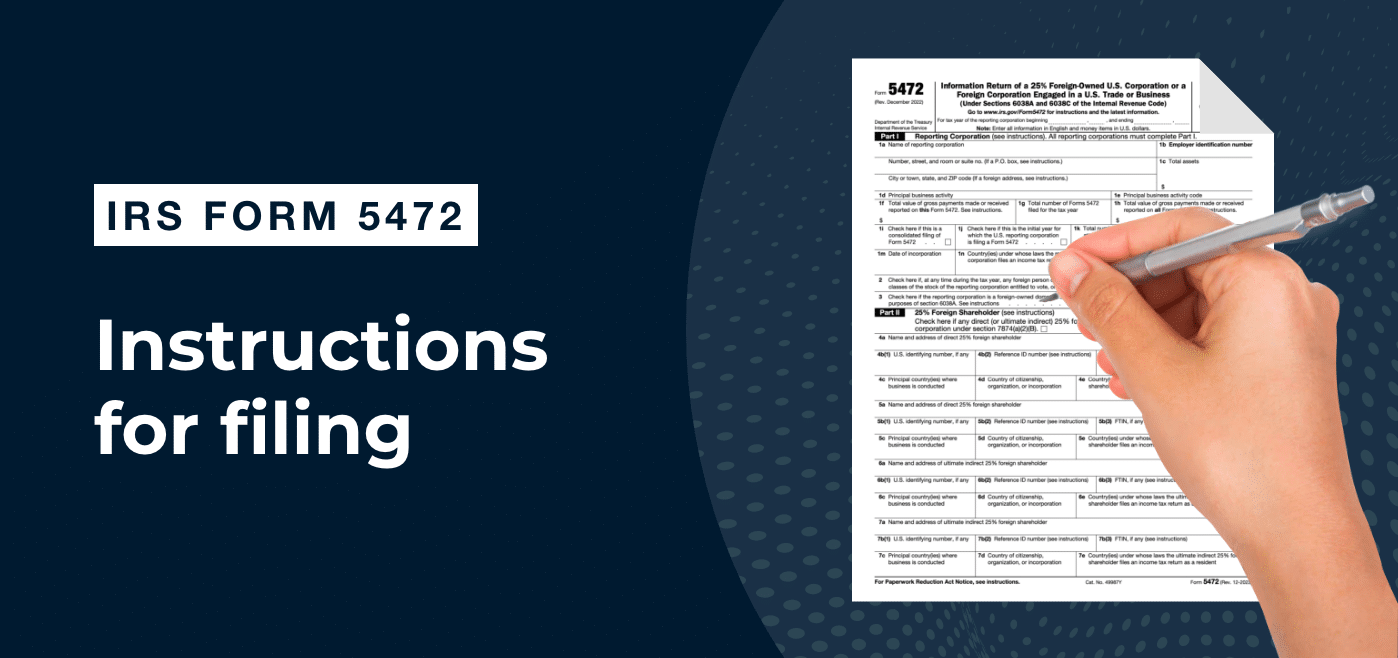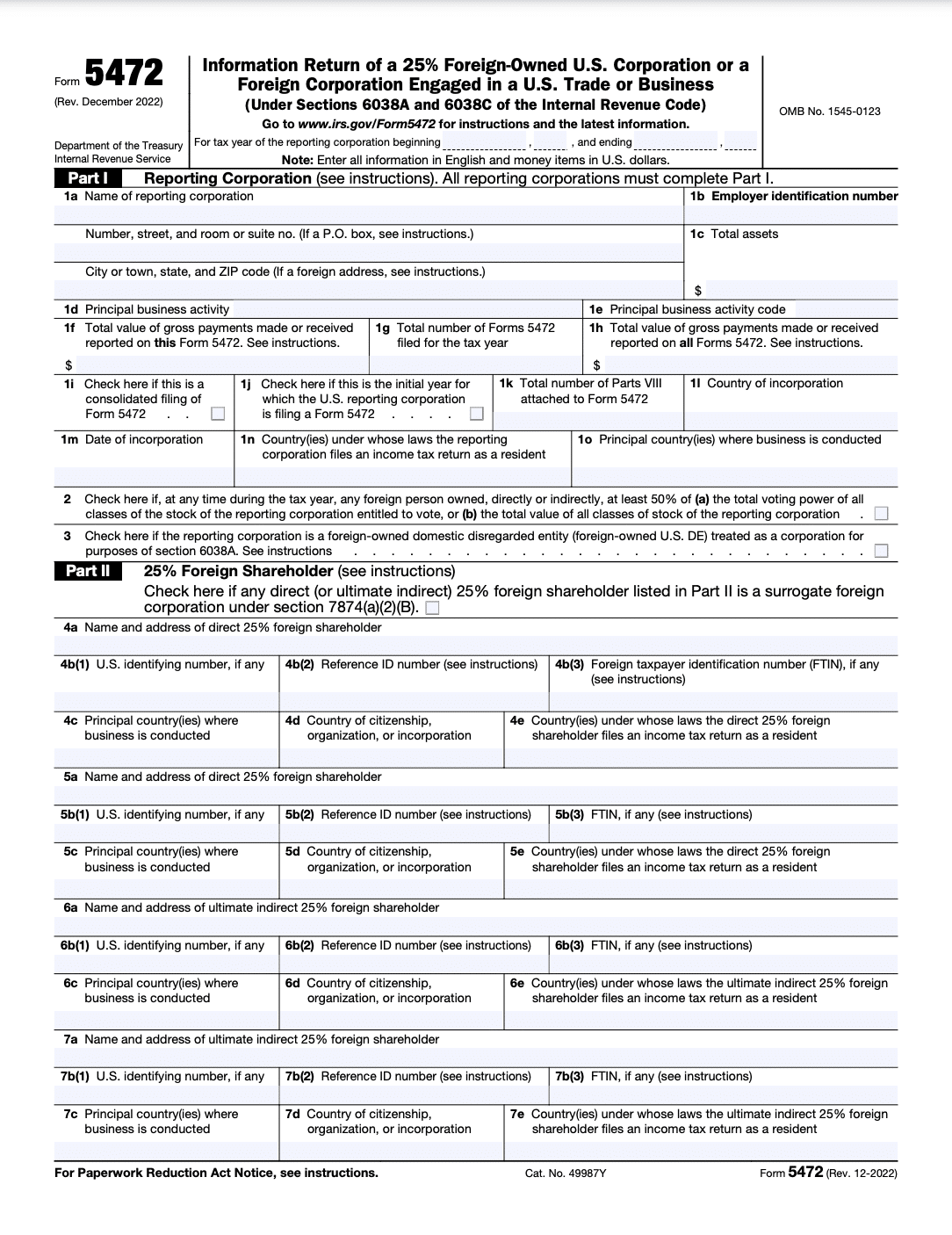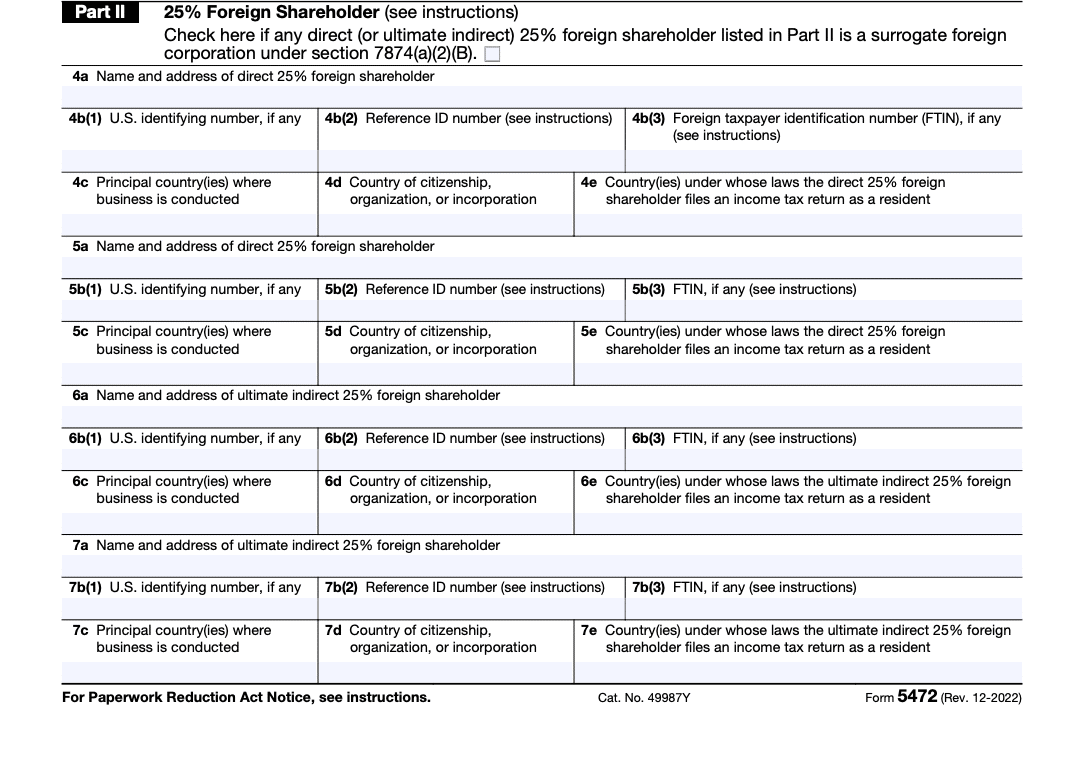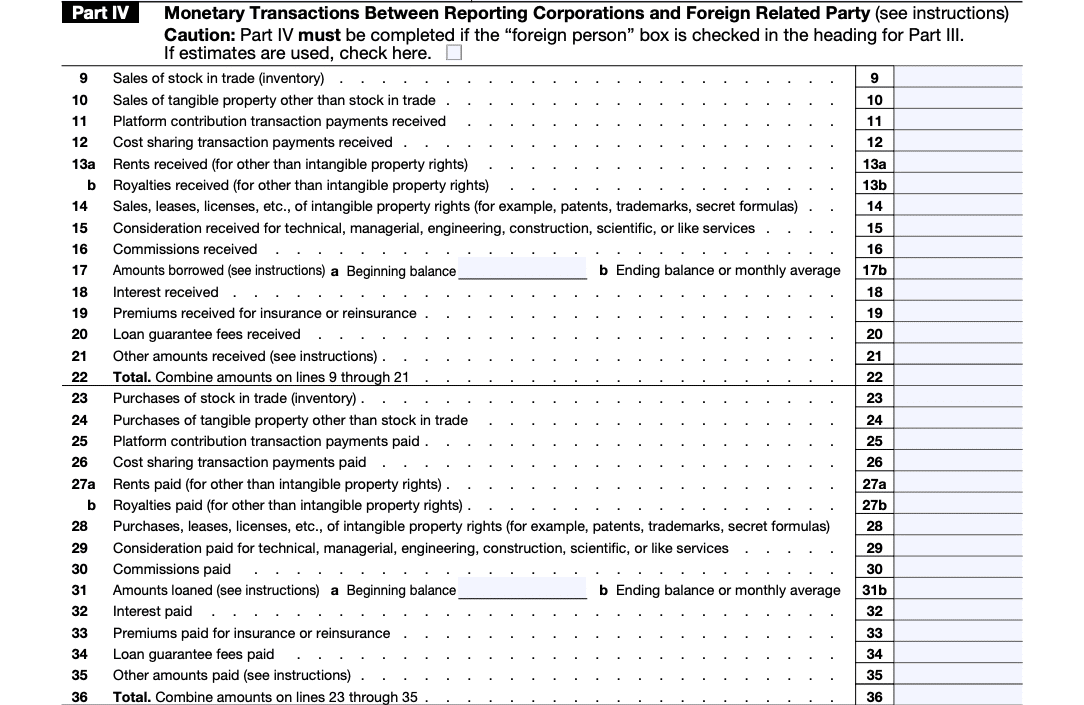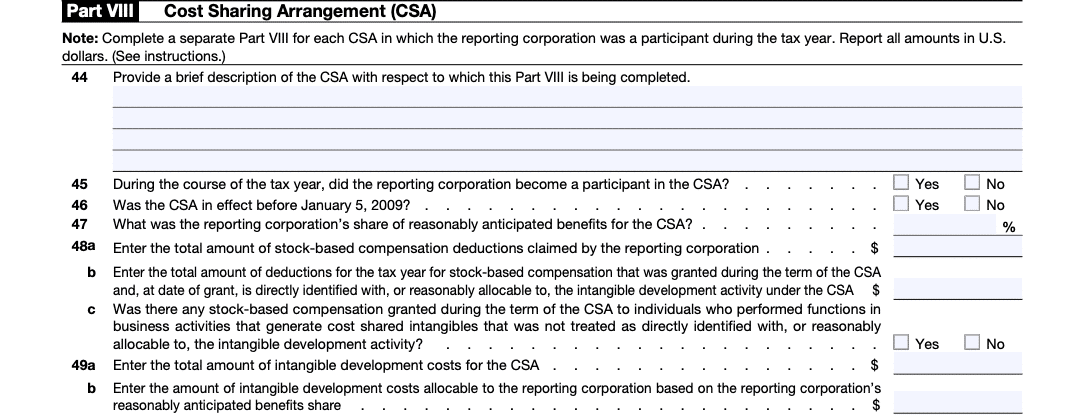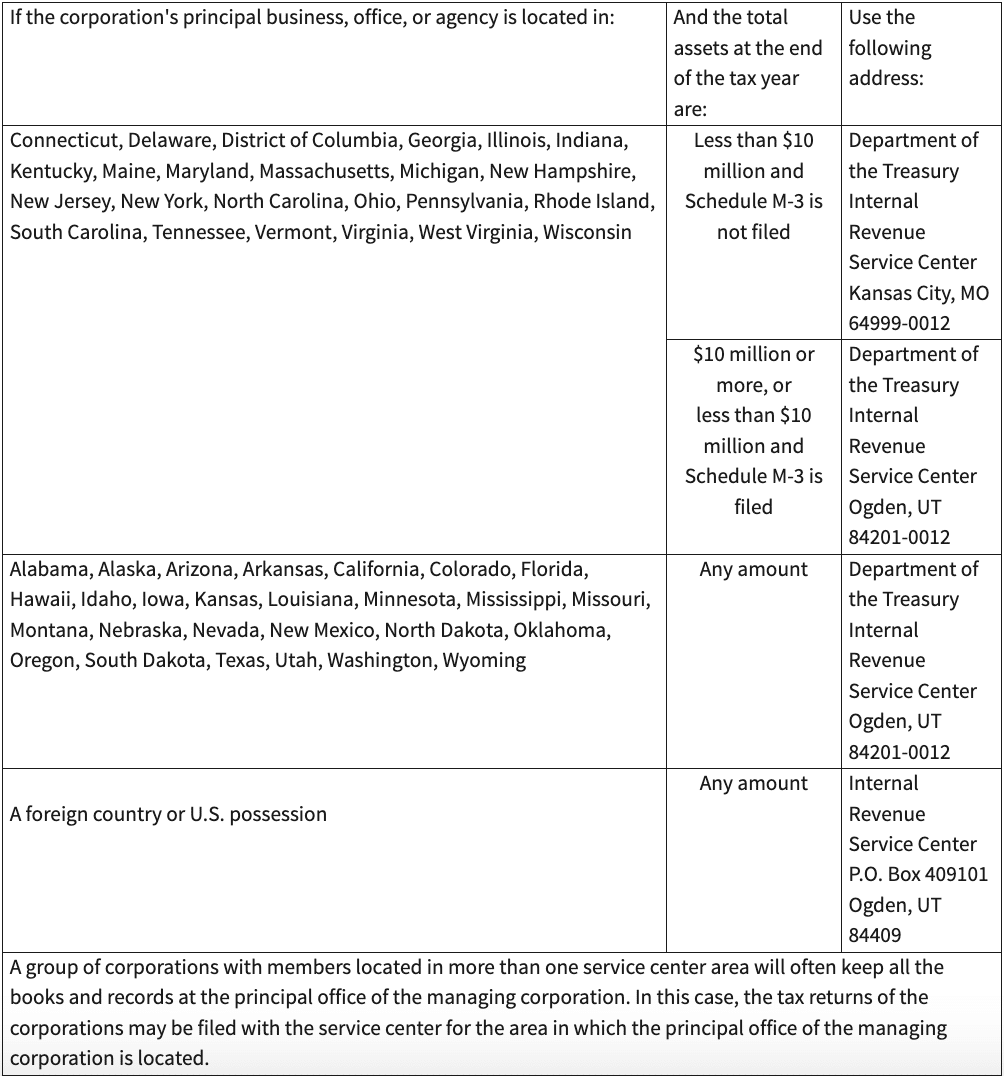The U.S. has a history of embracing international trade and investments. In short, former President Barack Obama recognized the impact this had on the economy and encouraged foreign companies to invest in the country back in 2011.
By operating within U.S. borders, foreign business owners become integral parts of local communities, create job opportunities, and foster economic stability.
While encouraging foreign business participation is great, it’s essential to balance promoting economic growth and ensuring compliance with regulatory requirements. That’s what the U.S. does with IRS Form 5472.
Complying with international tax reporting requirements, like filing Form 5472, ensures foreign entities are operating within the legal parameters set by the IRS.
Also, it contributes significantly to a fair and accountable tax system, ensures economic sustainability, and paves the way for ongoing foreign investment.
But what happens when these entities ignore filing Form 5472?
According to the IRS, failure to file or incorrectly filing Form 5472 could lead to a $25,000 fine. This is in addition to the lawsuit, tax liens, or eventual business closure that could result from non-compliance.
We bet you wouldn’t want any of these for your clients.
As such, if they operate foreign-owned U.S. businesses, it’s in their best interest to comply with the Form 5472 requirement to avoid unwanted visits from the IRS.
Our article explains all you need to know about IRS Form 5472. But if you need filing instructions for Form 5472, this step-by-step guide is for you.
Understanding the Purpose of IRS Form 5472
Reporting corporations are required to fill Form 5472 when they engage in transactions with foreign or domestic related parties at any time during the tax year.
The IRS describes reporting corporations as:
- U.S. corporations with at least 25% foreign ownership
- Foreign corporations that carry out reportable transactions such as rent, sales, interests, or loans in the U.S.
This helps the IRS monitor the flow of transactions between these entities and their international counterparts and ensure compliance with U.S. tax laws.
Form 5472 also prevents financial crimes such as tax evasion, money laundering, or illegal cross-border activities. The goal is to ensure all income generated within the U.S. is properly accounted for and taxed.
In addition, form 5472 promotes transparency by documenting the financial records of reporting corporations, fostering trust and integrity.
Preparing to File for Clients
As we mentioned earlier, the IRS is liable to fine reporting corporations for failing to file Form 5472 when due and in the manner prescribed.
As such, it’s crucial to prepare adequately to avoid any unforeseen issues. Here are some important factors to put in place before filing IRS Form 5472 for your clients:
1. Receive essential client information and documentation
Before you begin filling out Form 5472, ensure you have all necessary client information and documentation at hand such as
- Legal name and address of your client’s corporation
- Details of foreign owners such as names, address, country of citizenship, EIN, TIN and ownership percentage
- Details of financial transactions with foreign owners, shareholders, or related parties during the tax year such as loans, purchases, rents, commissions, or sales
- Details of any non-monetary transactions
- Confirm the client’s status as a foreign-owned U.S. corporation or foreign corporation engaged in U.S. trade or business
Once you’ve received essential client info and documents, the next step is to ascertain their status as a U.S. corporation with foreign owners or a foreign company conducting business in the U.S.
You can do this by checking their articles of incorporation, records of stock ownership, or any form of contractual agreement involving foreign control. They should also have sufficient evidence of conducting business operations in the U.S.
3. Understand the client’s business structure and financial transactions
To effectively file form 5472 for your clients, you need to understand their business structure and the kind of transactions they conduct. This will ensure the form is filled correctly.
You can request a meeting with your clients to discuss their business operations, cross-border transactions, and associated financial activities. Any changes or updates in operations that occurred during the tax year should also be documented.
You may be interested in:
Step-by-Step Form 5472 Instructions
Form 5472 is usually filed on the same day as Form 1120 (U.S. Corporation Income Tax Return) or Form 1120-F (U.S. Income Tax Return of a Foreign Corporation).
The form is divided into three pages and nine parts.
Part I: Reporting Corporation’s Information
1. Start by entering when your client’s reporting corporation’s tax year begins and ends. Then provide details such as name, address, employer identification number (EIN), and total assets of the reporting corporation.
Note: For domestic reporting corporations, fill in the total assets entered on Form 1120. For foreign reporting corporations, fill in the total assets entered on Form 1120-F.
2. In line 1d and 1e, enter a description for your client’s principal business activity and activity code. To get the list of principal business activities and their codes, see the instructions for Form 1120 or Form 1120-F.
3. In line 1f, enter the total amount for all foreign related party transactions reported on Form 5472.
The IRS describes a related party as:
- A direct or indirect foreign shareholder with 25% ownership of the corporation
- Any person related to the related corporation
- Anyone related to a 25% foreign shareholder
Line 1f doesn’t apply to reporting corporations that engage in transactions with a U.S. related party.
The IRS requires report corporations to file a separate Form 5472 for each foreign or U.S. related party they engaged in a reportable transaction with. As such, enter the total number of Forms 5472 you’re filing for the current tax year in line 1g.
While line 1f requires you to enter for this Form, line 1h requires you to enter the total amount for all forms 5472. That is, if you’re filing five forms 5472, you enter the total amount for all five forms.
4. For lines 1i and 1j, check the appropriate boxes if it’s a consolidated filing and if it’s your client’s U.S. reporting corporation’s first year of filing Form 5472.
When you complete Part VIII for each cost sharing arrangement (CSA), enter the total number of Parts VIII attached to Form 5472 on line 1k.
Line 1l requires you to enter the country of incorporation, 1m – date of incorporation, and 1n – country(ies) where your client’s reporting corporation files income tax as a resident.
For line 1o, enter the principal country(ies) where your client conducts their business.
Note: Don’t add any country(ies) where only a subsidiary conducts your client’s business. Also, you must not add “worldwide” as a country. Instead, list the actual country(ies).
5. Tick the checkbox in line 2 if a foreign person directly or indirectly owns 50% of the total voting power or the total value of all classes of stock of the reporting corporation.
Check the box in line 3 if your client’s business is a foreign-owned DE.
This concludes Part I. Now, let’s move to part II.
Part II: 25% Foreign Shareholder
Part II on Form 5472 is pretty straightforward. It only applies to reporting corporations with 25% foreign shareholders.
Provide information about the direct & indirect foreign shareholder including name and address, U.S. identifying number, reference ID number, foreign tax identification number (FTIN), country of citizenship, and country the foreign shareholder files income tax as a resident.
The reference ID is the number used to identify and track a 25% foreign shareholder or related foreign each tax year. It must be limited to 50 characters and not include special characters or spaces. Only alphabets, numbers, or a combination of both are allowed.
Also, clients don’t have to apply to the IRS to get a reference number. But whatever ID number they choose must be reused from tax year to tax year.
Part III: Related Party Information
In this section, enter comprehensive information about your client’s corporation with any related parties.
Start by checking the box to indicate whether the related party is a U.S. or foreign person. Then provide information such as the name and address of the related party in line 8a.
In line 8b, enter the U.S. identifying number, reference ID number, and FITN.
In line 8c and 8d, enter the principal business activity and activity code.
Then in line 8e check the appropriate box to confirm whether the related party is a 25% foreign shareholder, is related to a reporting corporation, or is related to a 25% foreign shareholder.
Finally, fill in the principal country(ies) where the business is conducted and where the related party files income tax as a resident in lines 8f and 8g respectively.
Part IV: Monetary Transactions Between Reporting Corporations and Foreign Related Party
Part IV is where you fill all monetary transactions between reporting corporations and only a foreign related party. Don’t fill this part for transactions with a domestic related party.
Note: When completing Part IV, the terms “paid” and “received” include accrued payments and accrued receipts. Also, state all amounts in U.S. dollars and attach a schedule showing the exchange rates used.
Part V: Reportable Transactions of a Reporting Corporation That Is a Foreign-Owned U.S. DE
Part V is for Foreign-owned U.S. Disregarded Entities (DEs) that had transactions not listed in Part IV.
This section requires you to check the box if it applies to your client and describe the transactions on a separate attached sheet.
Part VI: Nonmonetary and Less-Than-Full Consideration Transactions Between the Reporting Corporation and the Foreign Related Party
This part only applies to reporting corporations that engaged in nonmonetary transactions with a foreign related party.
If it applies to your client, then describe the transactions in a separate attached statement.
According to the IRS, this statement must include:
- Description of all property (including monetary), rights, or obligations transferred from the reporting corporation to the foreign related party and vice versa.
- Description of all services performed by the reporting corporation for the foreign related party and vice versa.
- A reasonable estimate of the Fair Market Value (FMV) of all properties and services exchanged, if possible. Otherwise, some other reasonable indicator of value will suffice.
Part VII Additional Information
Check the yes or no box to answer the questions about the reporting corporation in this part. Ensure you get complete information from your clients and read the questions thoroughly before answering.
Any mistake or failure to attach required documentation could lead to severe penalties.
Part VIII Cost Sharing Arrangement (CSA)
Part VIII requires providing information about the cost sharing arrangement your client’s reporting corporation had with foreign related parties during the tax year.
In line 44, briefly describe the CSA such that it’s distinguishable from other CSAs.
In line 47, fill in the corporation’s reasonably anticipated benefits (RAB) share for the CSA during the tax year.
Lines 48a, 48b, and 48c require information about stock-based compensation.
Finally, line 49a and 49b requires information about intangible development costs.
Ensure you read and understand these lines clearly before providing any information.
Note: A separate Part VIII must be filled for each CSA.
Part IX Base Erosion Payments and Base Erosion Tax Benefits Under Section 59A
Last but not least is the section where reporting corporations are to share any base erosion payments and tax benefits with related parties during the tax year. If there are, enter the amount in dollars.
Also, if your clients reserve any payment for future use, be sure to check the box.
There you have it! A step-by-step guide on Form 5472 filing instructions.
As you have noticed, filing Form 5472 isn’t a walk in the park for many corporations. That’s why they turn to accounting professionals like you to help them with the form.
As such, it’s best to avoid making costly mistakes when filling out the form to avoid IRS fines. Let’s look at some common mistakes and how to avoid them:
- Missing out on some fields: Double-check the form to ensure every relevant field has been filled. Accuracy cannot be stressed enough when dealing with IRS documents.
- Filing past the deadline: Gather all important information and documents from your clients before the due date to ensure the timely submission of Form 5472.
- Not indicating changes in ownership: If there are changes in ownership during the tax year, such as acquisitions or sales of significant ownership interests, ignoring them can lead to filing errors.
- Failure to include documentation: Not including supporting documentation for the information reported on Form 5472 renders it incomplete. As such, request for records of transactions, agreements, and other relevant documents from clients before filing.
- Not addressing queries: If the IRS queries Form 5472, not addressing them promptly can lead to fines. As such, respond to any inquiries as quickly as possible to avoid additional complications.
- Overlooking currency conversion: If transactions involve different currencies, ensure that amounts are converted to U.S. dollars using appropriate exchange rates.
How to File Form 5472
Since you file Form 5472 together with Form 1120, you have the option of filing it electronically or via mail.
How to file electronically:
The IRS recommends Filing Form 5472 electronically because it’s easier, faster, and reduces paperwork.
Here’s how to e-file Form 5472:
Step 1: Download Form 5472 from the IRS website
Step 2: Fill out Form 5472 following our step-by-step guide. Ensure the information is accurate to avoid processing or refund delays.
Step 3: Download and fill out IRS Form 1120
Step 4: Fill and attach relevant statements or schedules
Step 5: Ensure your clients and their reporting corporation’s authorized officer sign on the form. Submission will be incomplete without their signature.
Step 6: Review and submit the forms electronically through the IRS’s Modernized e-File (MeF) business providers, or third-party authorized e-file providers.
Note: If your client’s corporation is a foreign-owned U.S. DE, you cannot file Form 5472 electronically. They are required to use the following mailing address.
Fax: 855-887-7737
Mail to:
Internal Revenue Service
1973 Rulon White Blvd
M/S 6112 Attn: PIN Unit
Ogden, UT 84201
Note: “Foreign-owned U.S. DE” should be written across the top of the Form 1120.
How to file by mail
Step 1: Obtain a copy of IRS Form 5472 and Form 1120
Step 2: Print and fill out the required information in all parts of the form.
Step 3: Ensure your client and the authorized officer sign the IRS Form 5472.
Step 4: Mail the completed forms to the address that applies to your client in the screenshot below:
What Next?
After filing IRS form 5472 for your clients, you’re expected to wait for an official acknowledgment of receipt from the IRS. It could take several weeks, so patience is key.
During this time, it’s crucial to keep all records and backup documents in an organized and accessible place, as they may be needed during the review of the form.
If the IRS responds with a request for additional details or supporting documents, provide these as quickly as possible.
In cases where the form is rejected, you will receive an explanation from the IRS. As such, you need to gather the relevant information and fill out a new form 5472, ensuring that the reasons for rejection are resolved.
The new form should then be re-submitted immediately either through e-file or by mail. Track the fresh submission to ascertain it’s acknowledged and accepted this time.
Streamline your accounting and tax process with Financial Cents
Filing Form 5472 for your clients requires meticulous attention to detail and a strict sense of organization to ensure its success.
Errors in the form such as missing information or lack of signatures can lead to fines – something both you and your client would want to avoid.
So before filing Form 5472, have regular discussions with your client regarding their business information, transactions, and related parties they had transactions with during the year. Also, make sure the information and documents you receive are accurate and up to date.
And if there’s ever any doubt, you can either check the full 5472 instructions on the IRS Website or contact the IRS for guidance.
It’s easier to navigate IRS Form 5472 and the tax season with Financial Cents. We provide you with a free checklist template to streamline the form process. You can also use our software to manage your clients, hit deadlines, and collaborate with your team.
Use Financial Cents to manage your accounting practice.
